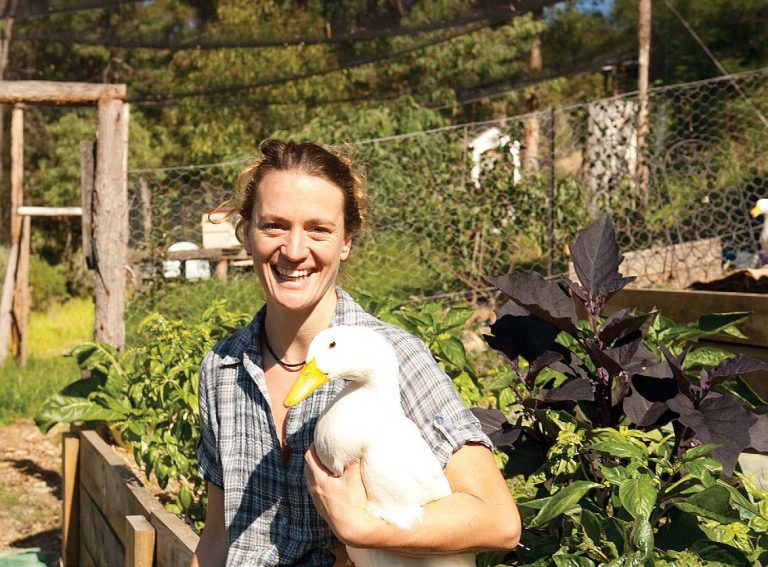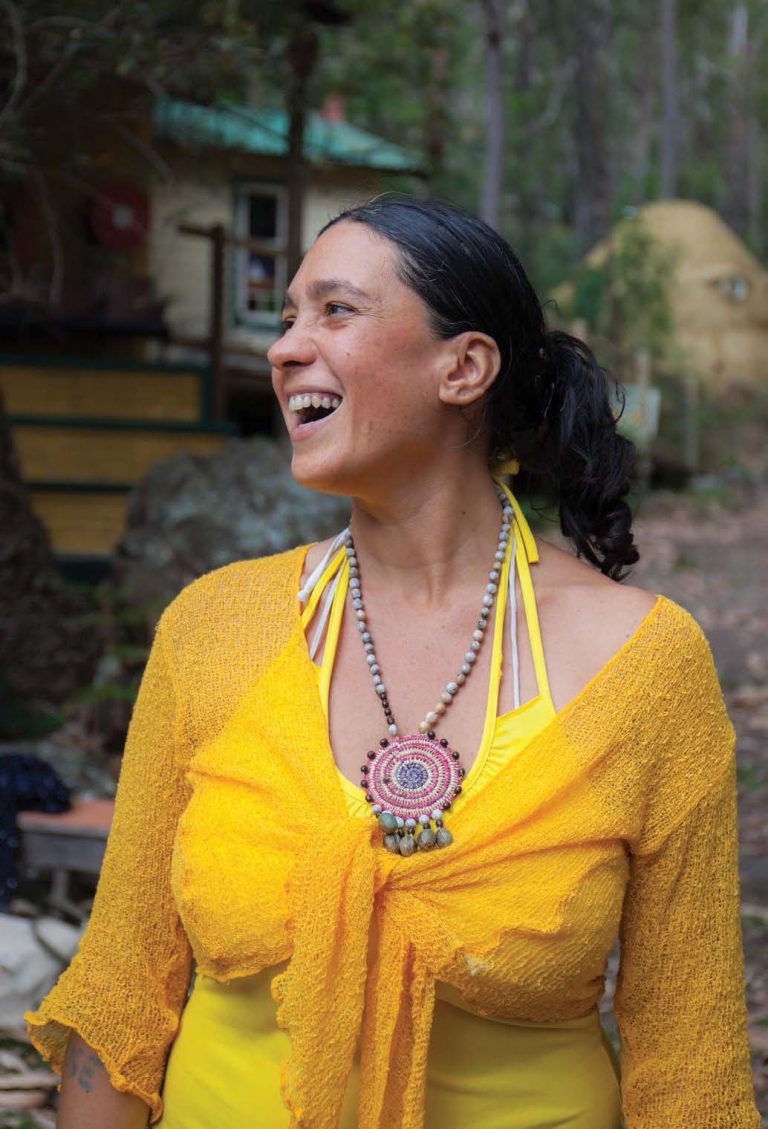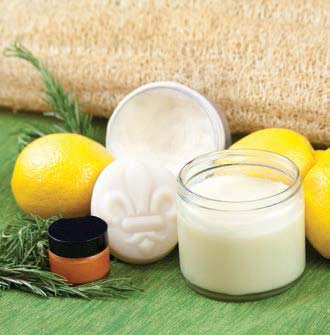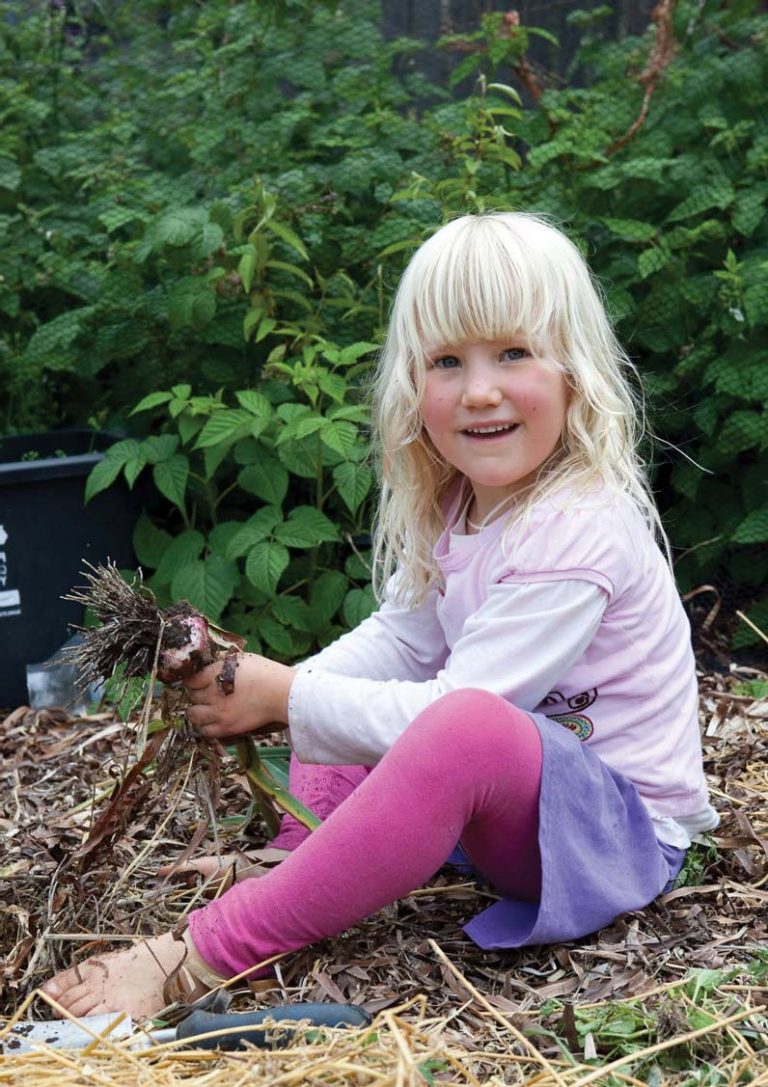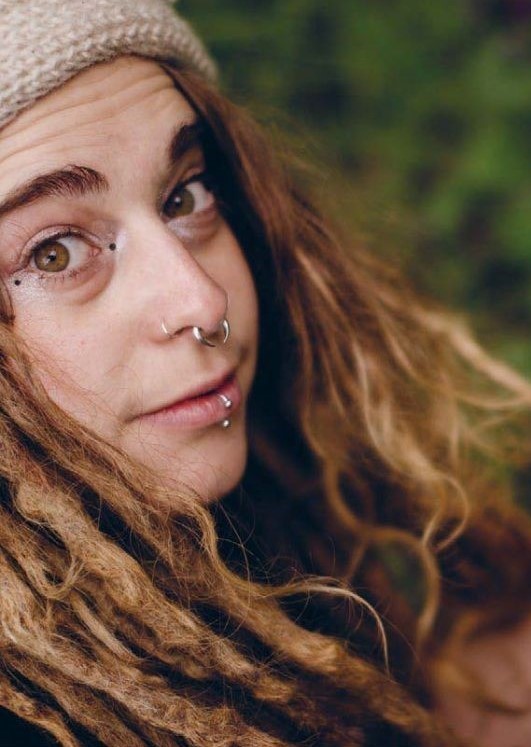Introducing Permaculture To Children
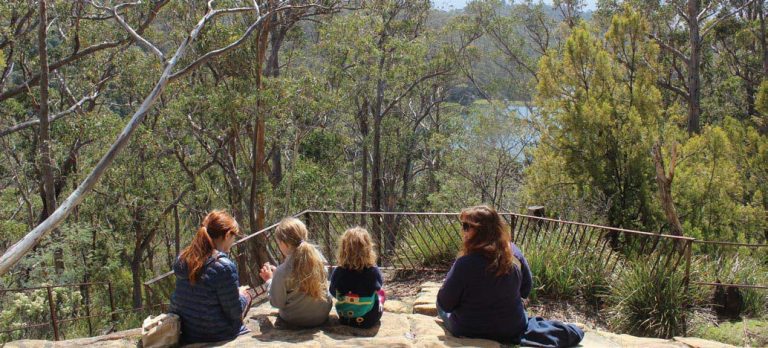
Permaculture theory and design are concepts traditionally communicated in an adult forum. Children may pick up snippets of information living within and around a permaculture system, perhaps learning more as they grow older. However, children can reveal themselves to be very adept at taking on permaculture concepts when they are presented to them at an early age, or adopted as part of the family vernacular.
The ethics – earth care, people care and fair share (or return of surplus) – make sense to a child’s sense of justice and understanding of their place in the world, so the best time to begin talking about permaculture as a family is now. But how do you introduce permaculture to children? Here are some ideas.

